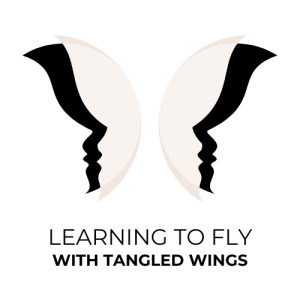The femur, tibia & patella come together at the knee, also known as the femoro-tibial joint. It’s important to keep the alignment in the upper & lower parts of the leg as we bend & straighten our knees throughout our practice. 93% of all acute patella dislocation is caused when the knee is in flexion (bent) with medial (internal) rotation in a closed kinetic chain (planted foot) with a valgus (also known as knock-knee) component.
There are a number of anatomical factors, angles, & variations that greatly impact the amount of stress the knee receives. Alignment of our skeletal structure, myofascial strength & flexibility, ligament placement, as well as harmonious matching of the shape & height of the patella on the femur as it rides in the depth of the trochlear groove are of crucial importance to maintain integrity & proper tracking in this joint. In addition to all that, postural patterns such as habitually hyperextending the knees can create additional stress on the joint.
The patello-femoral joint is where the patella meets the femur. The patella is held in place by the very thick patellar tendon. As the knee bends, the femur slides under the patella, keeping flexion & extension as close to a straight line as possible. If there is trauma to the cartilage under the patella, this can result in chondromalacia where the underside of the patella softens & deteriorates. If there is damage to this tissue, it can often result in a grinding sensation in the knee.
When there is pain in the knee without cartilage damage, this is known as patello-femoral syndrome. The alignment of the knee & balance of the surrounding muscles also makes a huge difference to the health of the knee. With regards to patellar tracking, the balance between vastus lateralis & vastus medialis, the outer (lateral) & inner (medial) quadriceps, is especially important.
The primary movements of the knee are flexion & extension. However, if you bend your knee more than 10 degrees, the tibia can rotate internally & externally relative to the femur. The knee joint is designed to adapt to the foot & hip. However, this rotation is also responsible for many troubles in the knee joint.
Ligaments are a key component of joint stability. They are located at the joints & articulations throughout the body & allow for or restrict movement. Their high collagen to elastin ratio makes ligaments incredibly strong while still maintaining flexibility for movement. If the collagen protein fibers are stretched beyond the point where they can recoil to their normal position, this indicates a tear in that tissue. The degree of the tear reflects the loss of stability provided by that ligament. For instance, if the doctor states you have a 75% tear in your ACL, that means 75% of the stability that ligament previously provided has been lost.
The trouble is, ligaments do not have a direct blood supply. They receive all necessary nourishment from the connective tissue that sheaths them. This lack of direct blood supply is one of the primary reasons that ligaments do not usually heal once they have been torn.
- The Medial (MCL) & Lateral (LCL) Collateral Ligaments connect the femur to the tibia & aid in flexion, extension, & resist external rotation of the flexed knee.
- The Cruciate Ligaments cross one another inside the knee & are the primary stabilizers of the joint. The Anterior (ACL) keeps the tibia from sliding forward under the femur & also prevents excessive inward rotation of the flexed knee, an injury all too common among skiers. The Posterior (PCL) keeps the tibia from sliding backward under the femur & is the main force for holding hyperextended knees together.





